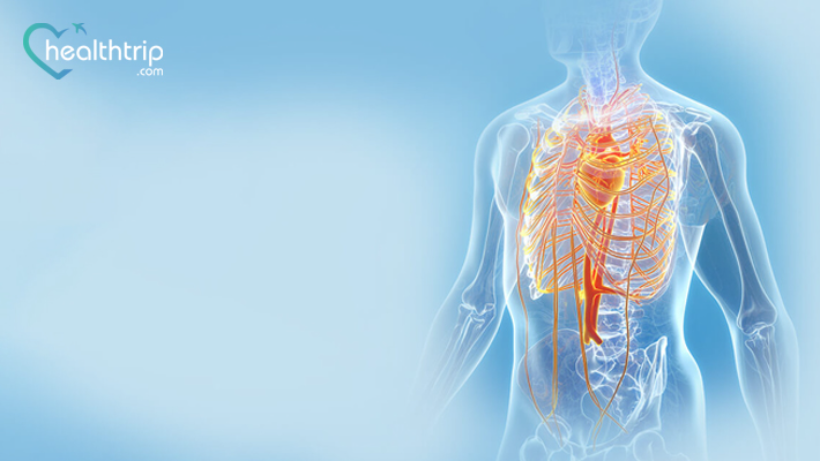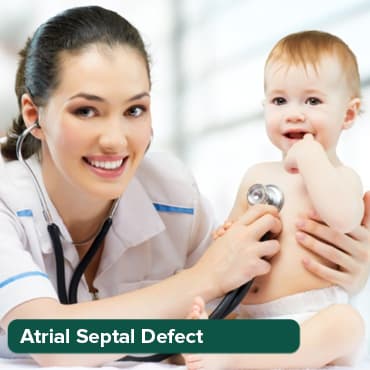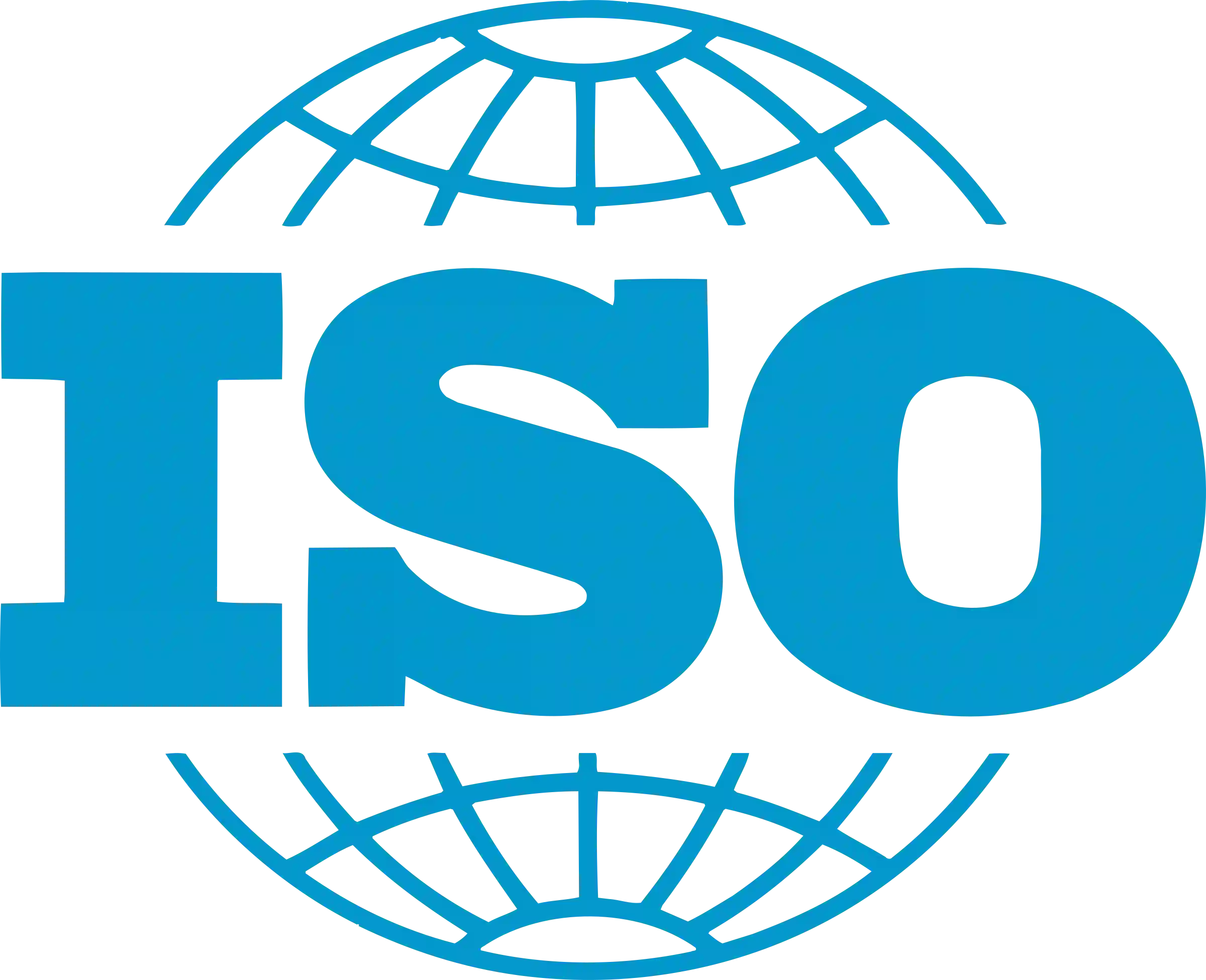
Vascular surgery: Types of disease, symptoms and treatment
30 Mar, 2023
 Healthtrip
HealthtripOur in-depth exploration of vascular diseases—is an essential topic for anyone concerned about their cardiovascular health. In this comprehensive guide, we'll unravel the mysteries of these conditions that affect the intricate network of arteries, veins, and lymphatic vessels in our bodies. From common atherosclerosis to potentially life-threatening aortic aneurysms, we'll delve into the types, symptoms, and treatments. Join us on this journey to better understand vascular diseases and how to safeguard your circulatory system.
Transform Your Beauty, Boost Your Confidence
Find the right cosmetic procedure for your needs.

We specialize in a wide range of cosmetic procedures

Types of Vascular Diseases
There are several types of vascular diseases, each capable of affecting different parts of the body. Here, we provide a more comprehensive understanding of these conditions, including their risk factors, causes, and potential complications.
1. Atherosclerosis
Atherosclerosis is a condition in which the arteries narrow and harden due to the accumulation of plaque. This buildup can lead to various health problems, including heart disease and stroke.
Risk Factors:
Most popular procedures in India
Total Hip Replacemen
Upto 80% off
90% Rated
Satisfactory

Total Hip Replacemen
Upto 80% off
90% Rated
Satisfactory

Total Hip Replacemen
Upto 80% off
90% Rated
Satisfactory

ANGIOGRAM
Upto 80% off
90% Rated
Satisfactory

ASD Closure
Upto 80% off
90% Rated
Satisfactory

- Age
- High blood pressure
- High cholesterol
- Smoking
- Diabetes
- Family history of atherosclerosis
Causes: The primary cause of atherosclerosis is the gradual buildup of fatty deposits, cholesterol, and other substances on the inner walls of the arteries, known as plaque.
Complications: If left untreated, atherosclerosis can lead to:
- Coronary artery disease
- Carotid artery disease
- Peripheral artery disease
- Heart attack
- Stroke
Effective atherosclerosis treatment is essential in managing this condition.
2. Peripheral Artery Disease (PAD)
Peripheral artery disease occurs when the arteries that supply blood to the legs become narrow or blocked. Individuals with PAD may experience pain, numbness, and cramping in their legs.
Risk Factors:
- Smoking
- Diabetes
- High blood pressure
- High cholesterol
- Age over 50
- Family history of PAD
Causes: PAD is primarily caused by the buildup of fatty deposits (atherosclerosis) in the arteries of the legs.
Complications: Complications of PAD may include:
- Critical limb ischemia
- Non-healing ulcers
- Gangrene
- Amputation
Recognizing peripheral artery disease symptoms is crucial for early intervention.
3. Deep Vein Thrombosis (DVT)
Deep vein thrombosis develops when a blood clot forms within a deep vein, typically in the legs. This condition can manifest as pain, swelling, and redness in the affected area.
Risk Factors:
- Prolonged immobility (e.g., long flights or bed rest)
- Surgery or injury
- Pregnancy
- Birth control pills
- Smoking
- Obesity
Causes: DVT is often a result of blood clot formation due to the combination of risk factors mentioned above.
Complications: If not treated promptly, DVT can lead to:
- Pulmonary embolism (a clot breaking free and traveling to the lungs)
- Post-thrombotic syndrome (chronic leg pain and swelling)
It is essential to be aware of deep vein thrombosis treatment options to prevent such complications.
4. Aortic Aneurysm
An aortic aneurysm is characterized by a bulge in the aorta, the body's largest artery. A ruptured aortic aneurysm can lead to life-threatening bleeding, underscoring the importance of timely aortic aneurysm surgery.
Risk Factors:
- Age (more common in older adults)
- Smoking
- High blood pressure
- Family history of aneurysms
- Connective tissue disorders
Causes: The exact cause of aortic aneurysms is not always clear, but risk factors and genetic predisposition play a significant role.
Complications: Complications of aortic aneurysms may include:
- Aortic dissection
- Rupture of the aneurysm
- Organ damage due to reduced blood flow
Timely diagnosis and intervention are crucial for managing aortic aneurysms effectively.
Symptoms of Vascular Diseases
The symptoms of vascular diseases can vary depending on the specific condition and its severity. It's crucial to be aware of these symptoms as early detection can lead to timely treatment and better outcomes. Here are more detailed descriptions of common symptoms associated with vascular diseases:
1. Atherosclerosis:
- Chest Pain (Angina): Atherosclerosis can cause chest pain or discomfort known as angina. This pain may feel like pressure, squeezing, or a heavy sensation in the chest and may radiate to the arms, neck, jaw, or back.
- Shortness of Breath: As atherosclerosis progresses, it can restrict blood flow to the heart, leading to shortness of breath, especially during physical activity or exertion.
2. Peripheral Artery Disease (PAD):
- Leg Pain: People with PAD often experience pain in the legs, particularly during walking or exercise. This pain, called claudication, is due to reduced blood flow to the leg muscles.
- Numbness and Weakness: In addition to pain, individuals may also notice numbness or weakness in the legs, making it challenging to perform everyday activities.
- Skin Changes: PAD can cause skin changes, such as cool or pale skin in the affected leg. Wounds or ulcers may also develop, particularly on the toes or feet, due to poor circulation.
3. Deep Vein Thrombosis (DVT):
- Leg Swelling: One of the hallmark symptoms of DVT is swelling in the affected leg. This swelling can be significant and may lead to discomfort.
- Pain and Tenderness: Individuals with DVT often experience pain and tenderness in the affected leg. The pain may be described as a cramp or soreness.
- Warmth and Redness: The affected leg may feel warmer to the touch and appear redder than the unaffected leg.
4. Aortic Aneurysm:
- Abdominal or Back Pain: Aortic aneurysms typically present with pain or discomfort in the abdomen or back. The pain may be constant or intermittent.
- Pulsating Abdomen: In some cases, individuals can feel a pulsating sensation in the abdomen, particularly if the aneurysm is large.
- Rupture Symptoms: If an aortic aneurysm ruptures, it can lead to severe, sudden symptoms, including intense abdominal pain, lightheadedness, and shock. This is a medical emergency requiring immediate attention.
As we wrap up our journey through the world of vascular diseases, remember that knowledge is your greatest ally in maintaining a healthy cardiovascular system. Early detection, lifestyle modifications, and expert guidance can make all the difference in managing or preventing these conditions. We hope this guide has provided you with valuable insights and empowered you to take proactive steps toward vascular health. Your circulatory system, the lifeline of your body, deserves your attention and care, so make heart-healthy choices and consult with medical professionals to ensure a vibrant and healthy future .
Treatment Options for Vascular Diseases
When faced with vascular diseases, a multifaceted approach to treatment becomes pivotal in alleviating symptoms, preventing complications, and enhancing overall well-being. The choice of treatment is contingent on the type and severity of the vascular disease. Below, we delve into the various treatment options available:
1. Lifestyle Modifications:
- Diet and Exercise:
- Heart-Healthy Diet: Adopting a diet rich in fruits, vegetables, whole grains, and lean proteins can significantly impact vascular health. Reducing the intake of saturated fats and cholesterol-laden foods is crucial.
- Regular Exercise: Engaging in a structured exercise routine, such as brisk walking, swimming, or cycling, not only improves cardiovascular fitness but also promotes healthy blood flow. Consult with a healthcare professional before starting any new exercise regimen.
- Smoking Cessation:
- Smoking remains a potent contributor to vascular diseases. Quitting smoking is a non-negotiable step in the path to recovery and prevention.
- Blood Pressure and Cholesterol Management:
- Effectively managing high blood pressure and cholesterol levels through medications and lifestyle adjustments is fundamental. Medications prescribed by your healthcare provider, combined with dietary changes, can help maintain healthy levels.
2. Medications:
- Antiplatelet Medications:
- Medications like aspirin may be prescribed to inhibit platelet aggregation and reduce the risk of blood clots.
- Anticoagulants:
- Anticoagulant drugs, such as warfarin or newer direct-acting anticoagulants (DOACs), play a pivotal role in preventing or treating blood clots.
- Statins:
- Statin medications, such as atorvastatin and rosuvastatin, prove invaluable in lowering cholesterol levels and curtailing the progression of atherosclerosis.
- Blood Pressure Medications:
- A variety of medications, including beta-blockers, calcium channel blockers, and ACE inhibitors, are available to effectively manage high blood pressure.
3. Endovascular Procedures:
- Angioplasty:
- Angioplasty is a minimally invasive procedure involving the insertion of a catheter with a balloon into narrowed arteries. Inflating the balloon helps widen the artery and restore blood flow.
- Stent Placement:
- Often combined with angioplasty, the placement of a stent—a small mesh tube—provides structural support to the treated artery, preventing it from collapsing again.
- Atherectomy:
- Atherectomy procedures involve the removal of plaque from the arteries using specialized devices. This technique is particularly beneficial in cases of extensive plaque buildup.
4. Surgical Interventions:
- Bypass Surgery:
- For severe artery blockages, bypass surgery may be recommended. This surgical procedure involves creating a detour around the blocked artery, rerouting blood flow.
- Aneurysm Repair:
- Timely surgical repair or replacement of an aneurysm is essential to prevent a life-threatening rupture.
- Thrombectomy:
- Surgical removal of blood clots may be necessary in cases of deep vein thrombosis, especially when medication-based approaches are insufficient.
5. Vascular Procedures:
- Embolization:
- Embolization procedures involve the intentional blocking of specific blood vessels. This technique is utilized in treating conditions such as aneurysms or managing abnormal bleeding.
- Vena Cava Filters:
- In cases of recurrent blood clots, a filter may be placed in the vena cava (the large vein that returns deoxygenated blood to the heart) to prevent clots from traveling to the lungs. This intervention is typically considered when anticoagulant therapy alone is insufficient.
6. Compression Therapy:
- Compression Stockings:
- Compression stockings, worn on the legs, exert pressure to enhance blood flow. They are particularly beneficial for conditions like chronic venous insufficiency or post-thrombotic syndrome.
7. Lifestyle Support:
- Physical Therapy:
Physical therapy can aid in rehabilitation and improve mobility, especially after procedures or surgeries. Customized exercises can enhance strength and restore functionality.
- Diet and Nutrition Counseling:
Nutritionists offer guidance on heart-healthy diets, helping individuals make informed choices that promote vascular health.
8. Regular Monitoring:
- Follow-Up Care:
Consistent follow-up appointments and monitoring are critical for tracking treatment progress and making necessary adjustments to medications or interventions. Your healthcare team will work closely with you to ensure the best possible outcomes.
Treatment plans are highly individualized. Your healthcare provider will assess your specific condition, risk factors, and overall health to determine the most suitable treatment approach. It's essential to maintain open communication with your healthcare team, adhere to prescribed medications, and make lifestyle changes to effectively manage vascular diseases and improve your quality of life. Always consult with a healthcare professional for personalized guidance and treatment options tailored to your needs.
How can we help with the treatment?
If you're on the lookout for treatment in India, Thailand, Singapore, Malaysia, UAE, and Turkey, let Healthtrip be your compass. We will serve as your guide throughout your medical treatment. We'll be by your side, in person, even before your medical journey commences. The following will be provided to you:
- The global network of 35 + countries, connect to renowned doctors.
- 335+ top hospitals, including Fortis and Medanta.
- Post-treatment support, 24/7 assistance.
- Teleconsultations at $1/minute.
- Trusted by 44,000+ patients.
- Access top treatments, and real patient insights.
- Prompt emergency assistance.
- Pre-scheduled specialist appointments.
Our testimonials speak volumes about the quality of our service and the satisfaction of our patients
As we wrap up our journey through the world of vascular diseases, remember that knowledge is your greatest ally in maintaining a healthy cardiovascular system. Early detection, lifestyle modifications, and expert guidance can make all the difference in managing or preventing these conditions. We hope this guide has provided you with valuable insights and empowered you to take proactive steps toward vascular health. Your circulatory system, the lifeline of your body, deserves your attention and care, so make heart-healthy choices and consult with medical professionals to ensure a vibrant and healthy future
Wellness Treatment
Give yourself the time to relax
Lowest Prices Guaranteed!

Lowest Prices Guaranteed!





